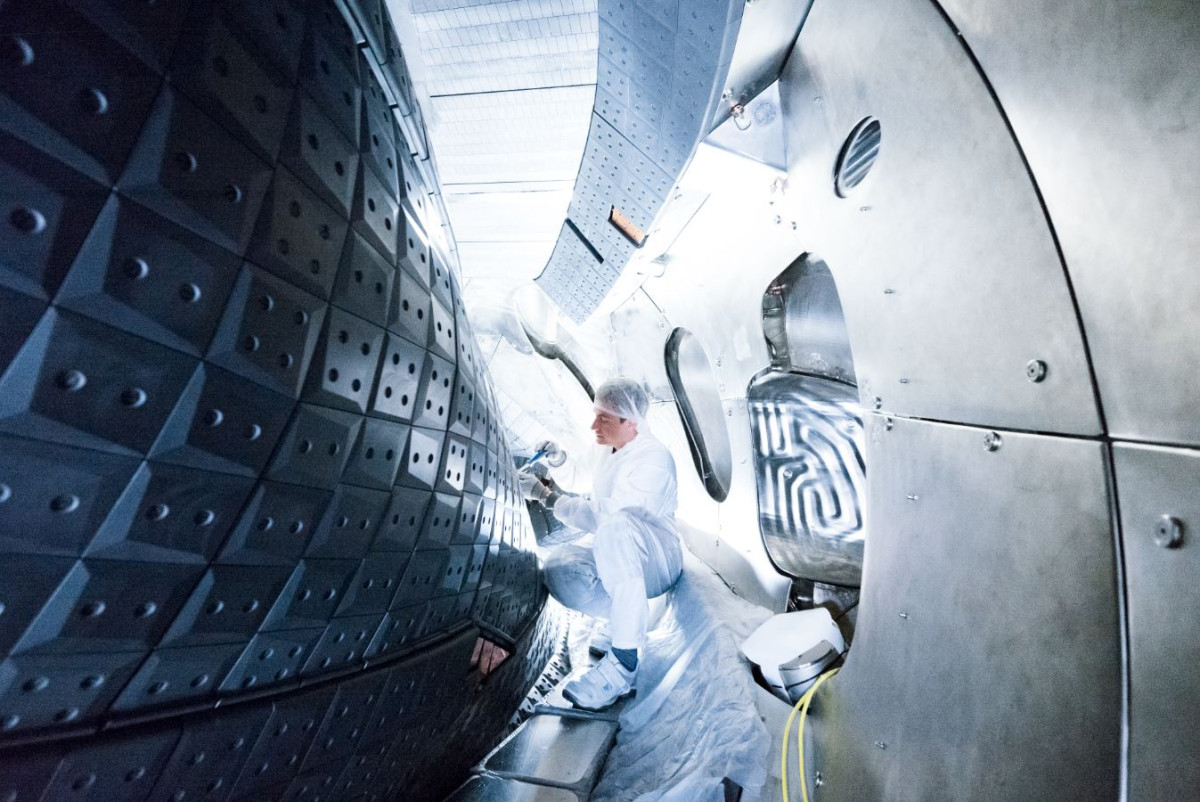Germany advances plans for world's first fusion power plant in “High-Tech Agenda”
The German government’s “Hightech Agenda” said the government will present a strategic, long-term ‘Fusion Action Plan’ for the path to a fusion power plant in the country this year. The action plan is to be followed by a “Fusion Energy Research and Innovation Roadmap (FIRE)” by the end of 2026, which will identify the required technologies for the plant.
“We intend to establish a hub for networking activities on magnetic and laser fusion to set up and expand research infrastructures and technology demonstrators for a fusion power plant,” said the agenda, which totals around 40 pages and focused on lofty targets while being short on specifics. The concept phase and new funding initiatives are to start this year.
In their coalition agreement, the parties forming the government - chancellor Friedrich Merz’s Conservatives and the Social Democrats - agreed to more support for nuclear fusion research with the goal of building “the world’s first fusion reactor”.
Laser fusion and magnetic fusion are two different approaches with the same goal: fusing light atomic nuclei to release huge amounts of energy, the same process powering the Sun. Fusion is much safer and produces less dangerous nuclear waste than conventional (fission) nuclear power plants, which work by splitting heavy atoms. [find more Background on fusion in our Q&A: Nuclear fusion: Hype or hope for a cooler planet?]
Fusion technology is still in the experimental stage, and even many proponents say that commercial use is at least decades away, meaning that neither Germany nor Europe can count on the technology in their drive to become climate neutral by 2045 and 2050 respectively.
However, researchers have become increasingly confident that nuclear fusion will one day provide limitless, safe, and climate-friendly energy, which is why countries such as Germany, the US, China, Japan, and the UK, as well as the European Union, are investing billions of euros in developing it. In addition, dozens of startups backed by private capital have entered the fray and injected new dynamism into the field by achieving research milestones.
The European Commission is also currently working on an EU fusion strategy in consultation with leading fusion experts, industry, and other fusion stakeholders, which aims to pave the way for “economically viable fusion power plants connected to a grid”. Publication is planned for the fourth quarter of the year.
The German government’s High-Tech Agenda expresses the hope that fusion research will benefit the wider economy. “Through spillover effects (e.g. advanced superconducting magnets, new optical technologies), fusion can become a high-tech driver for our economy.” The paper says the government will ensure that nuclear fusion research facilities can operate outside the scope of nuclear law – a promise the industry considers central to success, because strict nuclear safety regulations would hamper progress.
Boosting batteries, synthetic fuels, geothermal, and CCU
In addition to “nuclear fusion and climate-neutral energy generation”, the High-Tech Agenda focuses on five other “key technologies”: artificial intelligence (AI), quantum technologies, microelectronics, biotechnology, and technologies for climate-neutral mobility.
By the end of the year, the government plans to bundle research into key technologies for the energy transition “in a goal-oriented and technology-neutral energy research programme”. In 2026, it plans to launch a new research initiative on deep geothermal energy, as well as the “Hydrogen4Future research hub to strengthen new generations of technology along the hydrogen chain”. With a view to decarbonising shipping and aviation, the government also wants to boost innovation in synthetic fuels.
To further the decarbonisation of industry, the government also plans to make headway with carbon capture technologies. “With an initiative to scale up CCU [carbon capture and usage] technologies for the use of CO2 from unavoidable emissions by 2029, we are demonstrating that the climate-friendly production of methanol as an energy carrier can be scaled up with the integration of selected carbon sources and atmospheric CO2 and that methanol can be used directly in the mobility sector or as a precursor for e-fuels,” stated the agenda.
The Agenda also set the target of “establishing competitive battery production and recycling facilities in Germany, embedded in a European production network,” by 2035. Previous efforts by Germany and Europe as a whole to rival Chinese dominance in battery production have borne little fruit.


